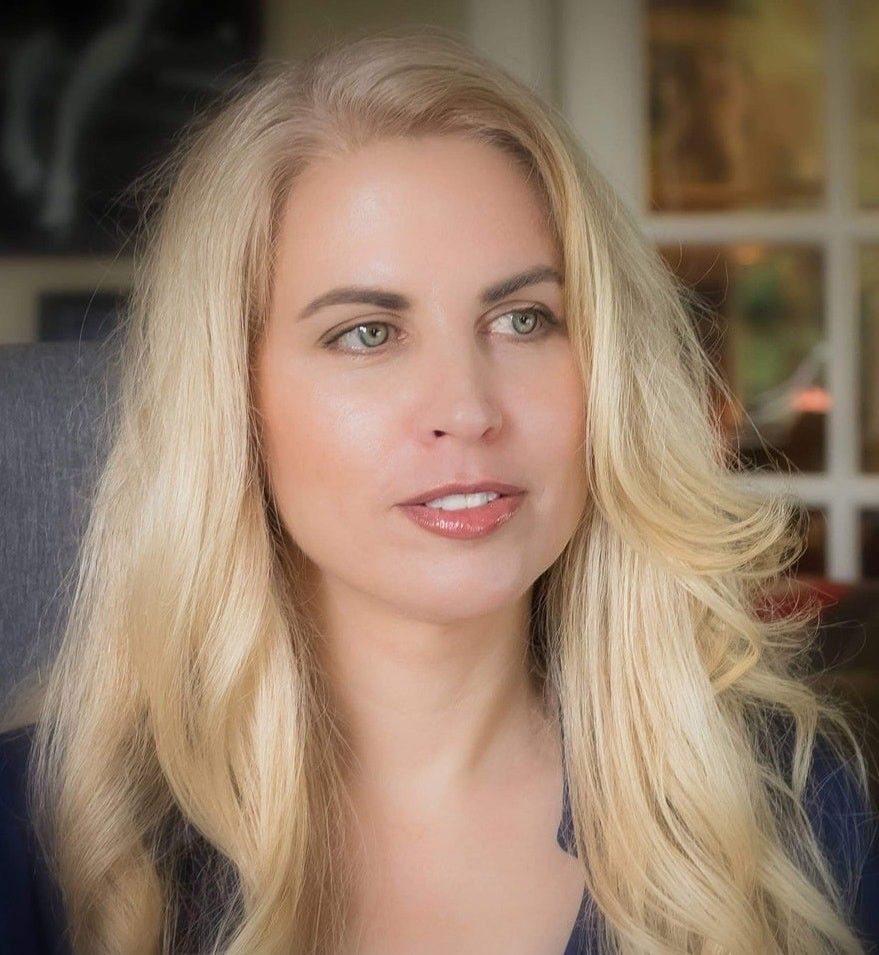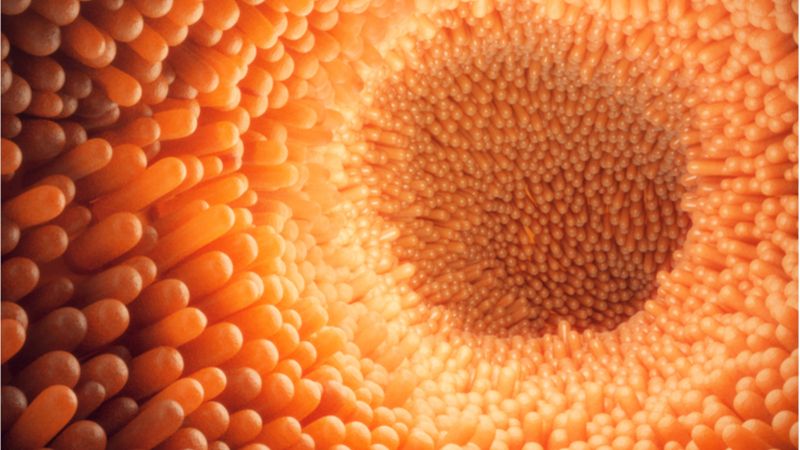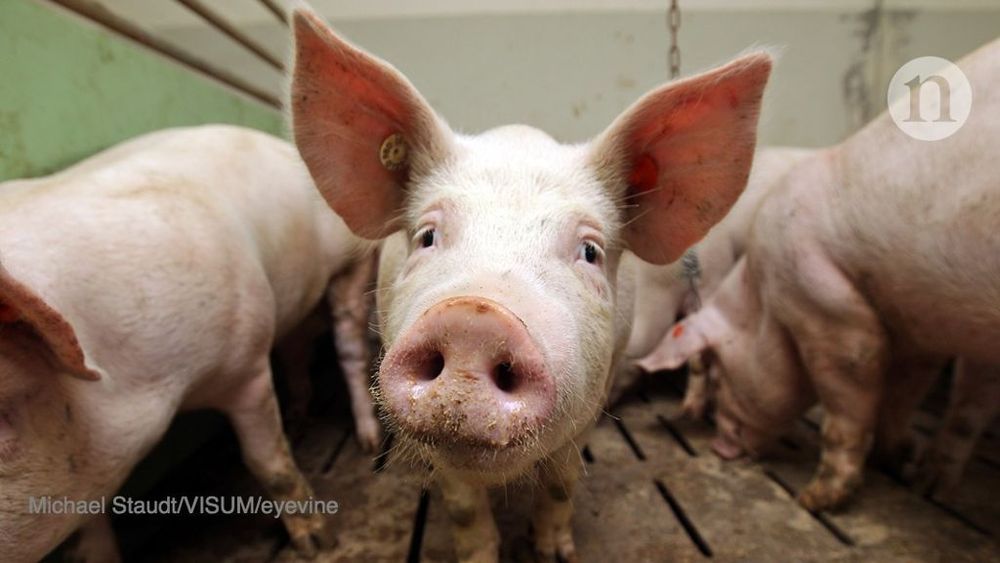You can increase muscle mass, change your mitochondria, and reverse the hallmarks of aging with gene therapy.


Can Rejuvenation Biotech Help Boost Immune Response to Infectious Diseases? Aging of the immune system makes reduces immune response in elderly — 3 main reasons: cell loss (naive t-cells), accumulation of cells we don’t want (death resistant cells), and changes to internal constitution of the cells.
Early stage research by Janko Nikolich-Žugich indicates that the naive T-cells* produced by the thyamus may not work properly because of something going on with the lymph nodes.
Also vaccines don’t really work well in the elderly either because of other parts of the immune system not working so well.
* T-cells as part of the adaptive immune system rely for it’s function on genetic diversity.
Audio here: https://archive.org/details/aubreydegreycovid19audio
Many thanks for watching!

Liz Parrish is the Founder and CEO of BioViva Sciences USA Inc.
https://www.youtube.com/channel/UCaBq8hEExcUN6
You can support me:
PayPal: [email protected]
Gpay: [email protected]
Patreon: https://www.patreon.com/user?u=27929324
Dr. Derek Yach, Founder, President, and Board Member of The Foundation for a Smoke-Free World (FSFW), joined me on ideaXme (http://radioideaxme.com/) to discuss his group’s work in the core areas of Agriculture and Livelihoods, Industry Transformation, and Health, Science, and Technology (Disclosure — FSFW is funded ~$US1 Billion by Philip Morris International, but take a listen to full story…) — #Ideaxme #Smoking #Vaping #Tobacco #Cessation #AlternativeUses #HarmReduction #WHO #CDC #Health #Wellness #Longevity #Biotechnology #LifeExtension #Aging #IraPastor #Bioquark #Regenerage World Health Organization (WHO) CDC CDC Global United Nations Philip Morris International.
Ira Pastor, ideaXme life sciences ambassador and founder of Bioquark, interviews Dr. Derek Yach, founder, president, and board member of The Foundation for a Smoke-Free World, and passionate advocate for health promotion and disease prevention. Dr Yach’s objective is to end smoking in this generation. We investigated to see how that might be achieved.
Disclosure: The Foundation for a Smoke-Free World has received its initial funding pledge of $80 million USD annually for 12 years, beginning in 2018 from Philip Morris International (PMI) — The Foundation has a nonprofit status as a US 501c3 organization, and by law and policy must operate completely independently from PMI, and cannot engage in activities designed to support PMI’s interests. Further, PMI can have no involvement or say in their work.
Ira Pastor Comments:
The World Health Organization (WHO) estimates that we currently have over 1.1 billion smokers on earth, and that tobacco kills more than 8 million people each year. More than 7 million of those deaths are the result of direct tobacco use while around 1.2 million are the result of non-smokers being exposed to second-hand smoke.
Research involving bowhead whales has suggested that it may one day be possible to extend the human lifespan to 200 years.
From the demigods of Greek mythology to the superheroes of 20th century comic books, we’ve been intrigued by the idea of human enhancement for quite a while, but we’ve also worried about negative consequences. Both in the Greek myths and modern comics and television, each enhanced human has been flawed in some way.
In the area of lifespan enhancement, for instance, Tithonus, though granted eternal life, shrunk and shriveled into a grasshopper, because his immortal girlfriend Eos, forgot to ask Zeus to give him eternal youth. Achilles, while super strong and agile, had a weak spot at the back of his heal, and Superman would lose his power if exposed to “kryptonite”. As for Khan’s people, their physical superiority, both physical and mental, made them overly ambitious, causing a third world war that nearly destroyed humanity in the Star Trek backstory.
Using genetic modification, nanotechnology, bionics, reconstructive surgery, hormones, drugs or any combination of these approaches, real-life human enhancement is looking ever more achievable. As with the fictional examples, the idea of enhancement being a double-edged sword will surely remain part of the discussion. At the same time, though, because enhancement means mastering and manipulating human physiology and the basis of consciousness and self-awareness, the road to enhancement will be paved with advances beneficial to the sick and the disabled. This point must be at center stage when we weigh the pluses and minuses in various enhancement categories, especially physical capability, mental function, and lifespan.
CHECK OUT SEASON 1 PLAYLIST: https://www.youtube.com/watch?v=ic9AV4mMbOQ&list=PL_GIV9cvJ8…itbMC34bPF
KEEP THE SHOW ON-AIR! : WWW.PATREON.COM/DEBTNATION
• PLEASE CHECK OUR SPONSOR: WWW.IAMTRANSHUMAN.ORG/
• LINK TO BOOK: https://www.amazon.com/Transhumanism-Handbook-Newton-Lee/dp/…atfound-20
IN THIS EPISODE:
•
…
This episode of Debt Nation is sponsored by Thrivous, the human enhancement company (https://thrivous.com). Thrivous develops and distributes advanced nootropic and geroprotector dietary supplements, to enhance cognition and promote healthy aging. Each nutrient and each dose is based on multiple human studies. And all quality control is completely open source.

A new study suggests that the enzyme intestinal alkaline phosphatase (IAP) appears to help to prevent age-related loss of intestinal barrier integrity in mice, fruit flies, and potentially humans.
Improving intestinal barrier integrity
There can now be little doubt that the decline of intestinal barrier integrity and the resulting inflammation play an important role in aging. In fact, some researchers suggest that inflammaging, the low-grade chronic background of inflammation seen in older people, has its origin point in the microbiome, the ecosystem of bacteria living in our guts.

